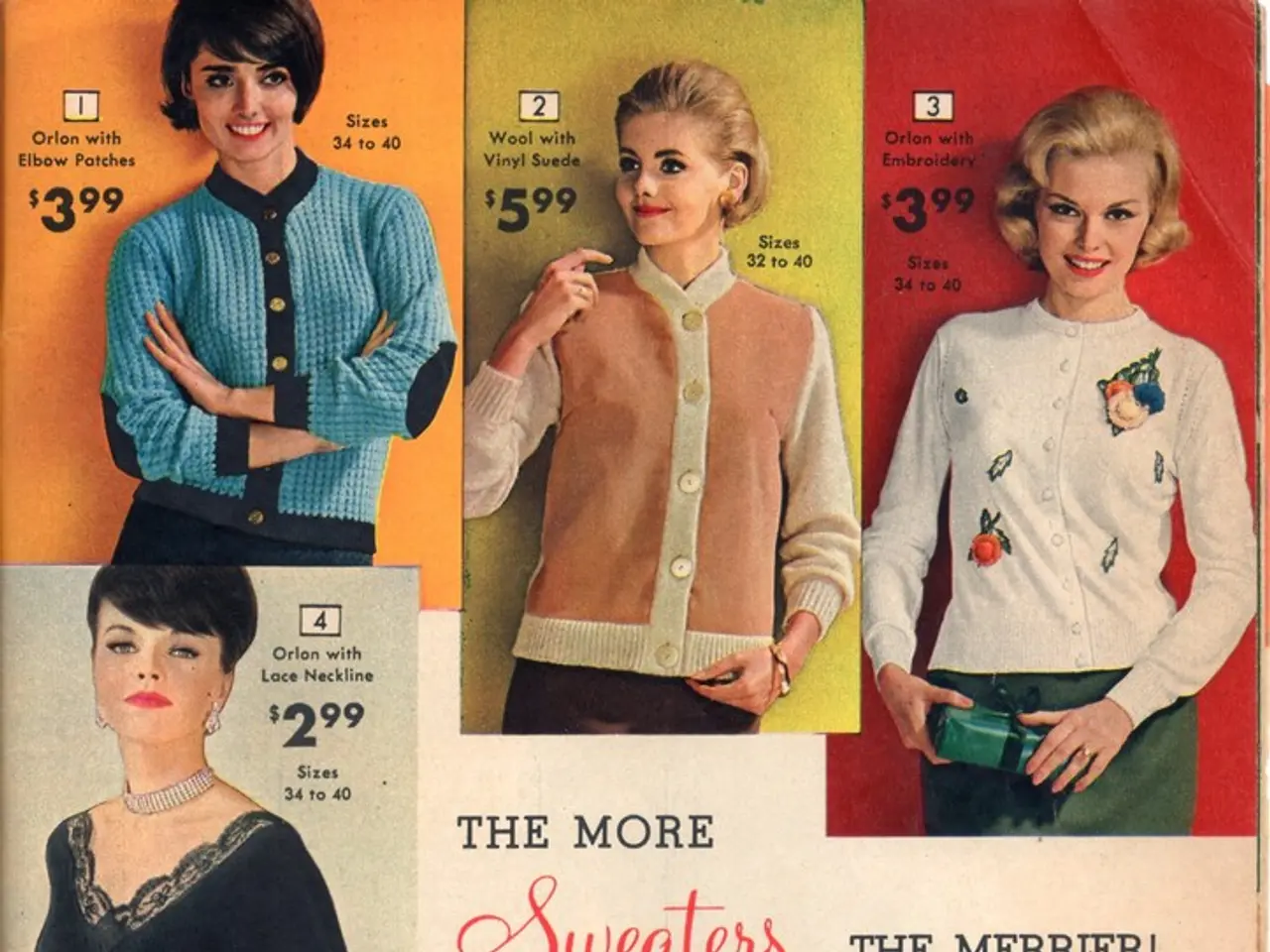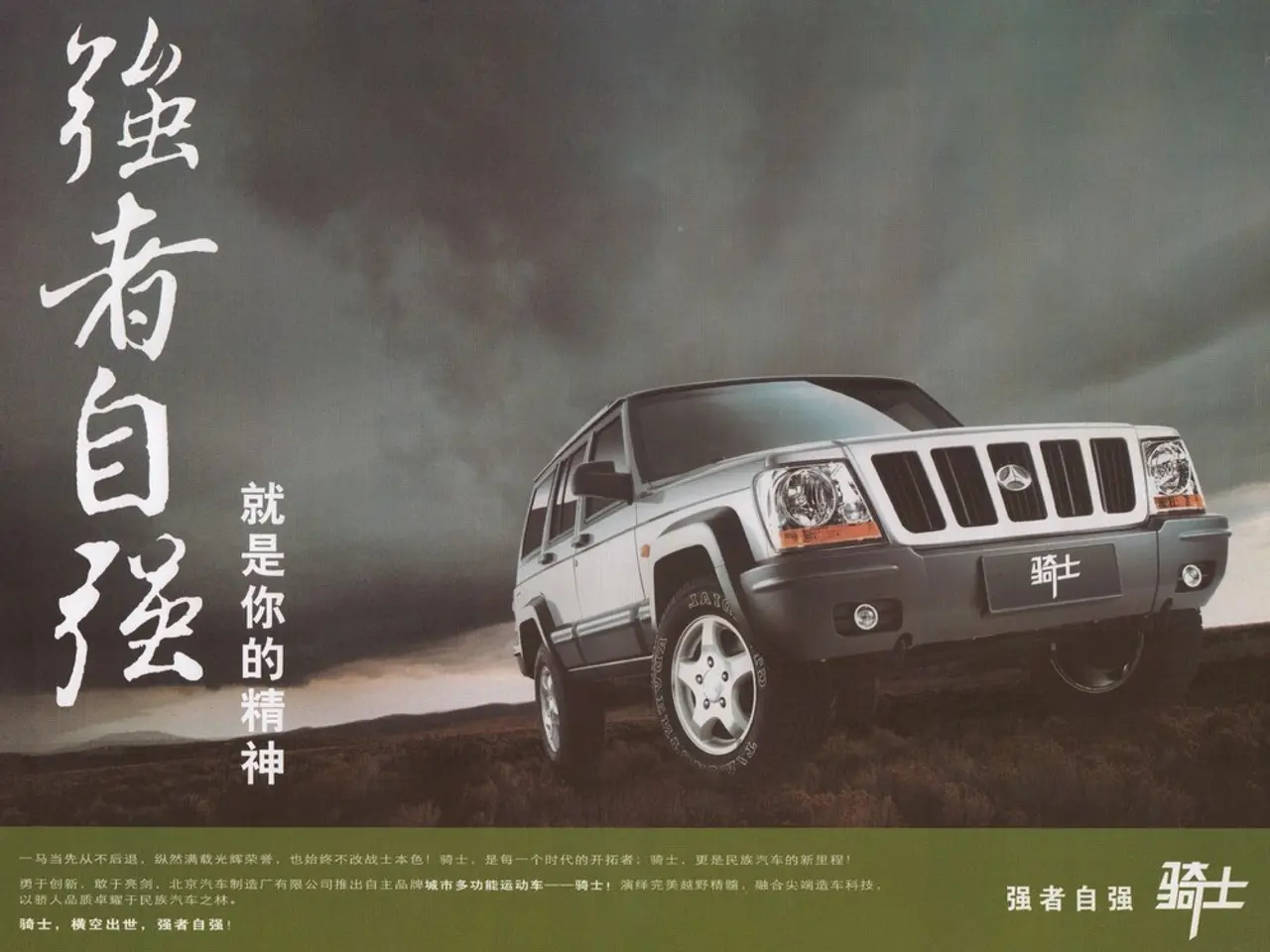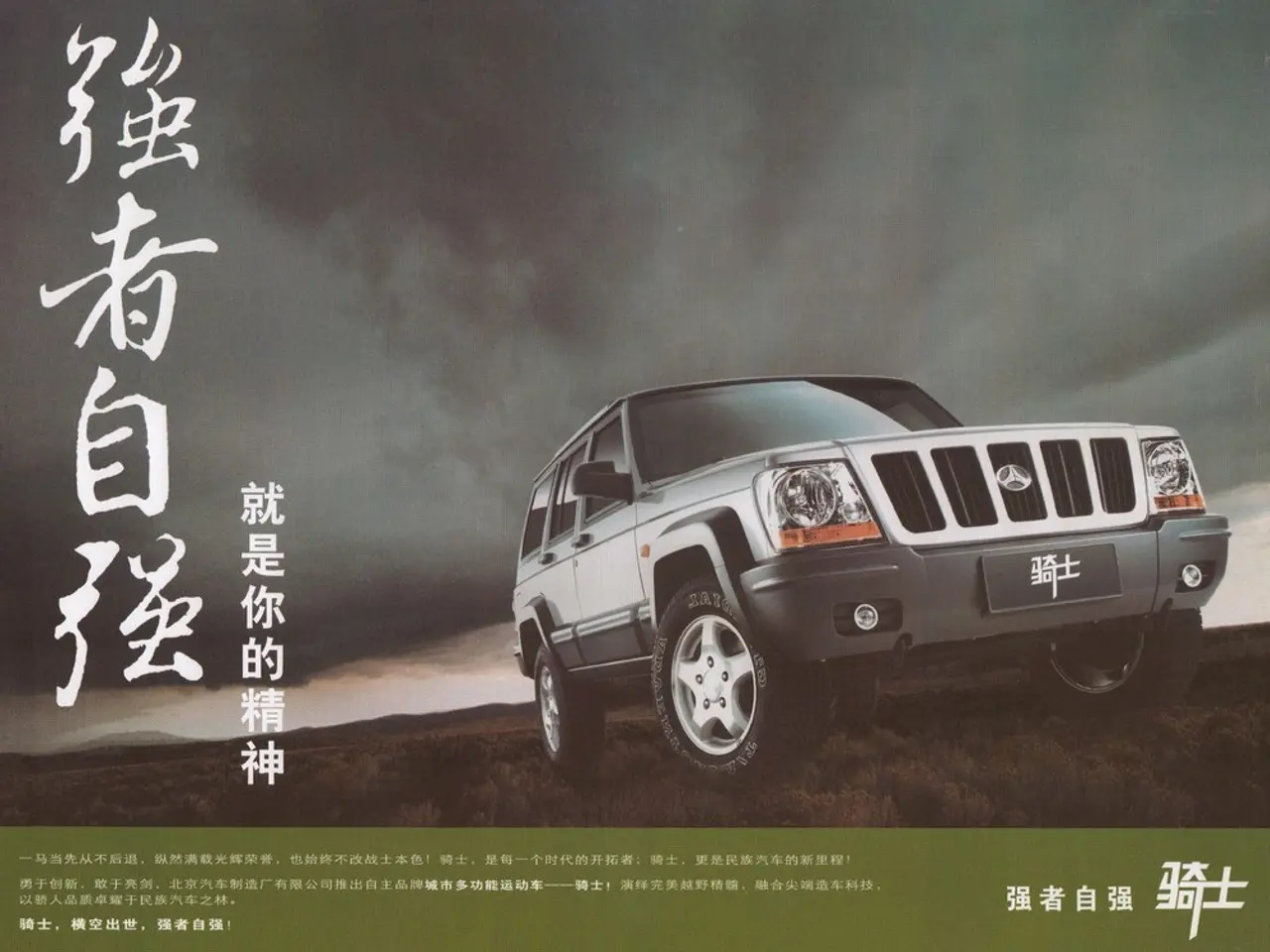Fashion forward: Is it time for a breakthrough in non-gender specific clothing trends?
======================================================================================
The world of fashion is evolving, with genderless fashion gaining momentum as a recognized and growing market segment. This trend, which emphasizes clothing that is free from traditional gender categorization, reflects broader cultural movements towards inclusivity and diverse gender expression.
History of Genderless Fashion
The roots of genderless fashion can be traced back to the early 20th century, with revolutionary changes in women's fashion aligning with social progress such as the movement for women's freedom and career opportunities. The 1920s introduced practical styles like shorter skirts and eliminated restrictive garments like corsets, signaling a break from rigid gender norms in dressing.
In the 1960s, the fashion scene saw mod styles and unisex trends emerge amid political and social upheavals, including second-wave feminism, which encouraged women’s independence and challenged traditional gendered clothing. Cross-dressing history also relates to early forms of challenging traditional gender attire, although this acted more outside mainstream fashion and was often stigmatized.
Current State of Genderless Fashion
Today, the modern market acknowledges a rising demand for gender-neutral apparel, particularly in kids' wear, as social awareness of gender diversity grows. Major brands and designers have introduced unisex lines, reflecting consumer interest in clothes free from traditional gender categorization.
Social media and celebrity influence have propelled awareness and acceptance, helping popularize gender-neutral clothing among younger consumers and their parents. This segment is part of larger industry trends where versatility, inclusivity, and identity expression have become key drivers for product development and marketing strategies in fashion retail.
Reception by Industry and Consumers
The fashion industry is responding to this trend by launching dedicated gender-neutral collections, recognizing it as a lucrative growth area especially among younger, socially conscious consumers. Some traditional womenswear markets face challenges from new entrants and online platforms, which often lead with more inclusive fashion approaches.
Consumer reception tends to be positive among progressive and younger demographics seeking more choice beyond conventional gender binaries, while mainstream adoption is gradually increasing.
Challenges and Opportunities
Despite the growing acceptance of genderless fashion, challenges remain. The demand for gender-neutral clothing is increasing, but everyday fashion labels still face challenges in creating genderless clothing that fits male and female bodies equally well. Independent brands like UY address these issues by adjusting parts of their collections, making some pieces more "breast-friendly".
Today's twentysomethings are breaking away from gendered and often oppressive fashion customs, such as size zero, 'sexy' clothes, and high heels. However, genderless fashion, particularly swim- and activewear, and sizing, present limitations, with larger breasts making it difficult to design a piece that fits a male body with a flat chest.
In conclusion, genderless fashion has roots in early 20th-century women’s liberation but has become a distinct, growing trend shaped by contemporary calls for inclusivity and identity freedom. The industry and consumers largely embrace it, especially in youth and children's apparel, propelled by social media and cultural shifts. As the fashion world continues to evolve, we can expect genderless fashion to play an increasingly significant role in shaping the future of the industry.
- The evolution of genderless fashion has extended its reach to various aspects of pop-culture, blurring traditional lines and encouraging self-expression.
- Social media platforms serve as a melting pot for diverse fashion trends, showcasing the increasing popularity of gender-neutral styles in the realm of fashion-and-beauty.
- As the interest in genderless fashion expanded, books such as 'Dressed: A History of Fashion and Fiction' and 'Rebel Fashion: When Democracy Stars to Dress Itself' delved into the historical perspective and contemporary implications of the movement.








